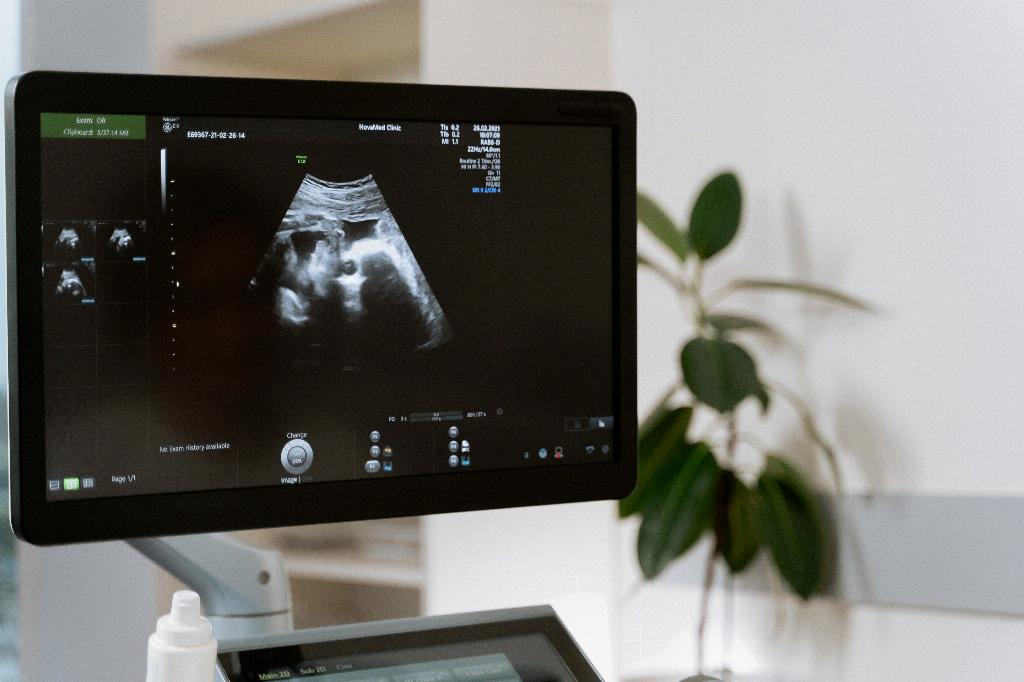Before discussing when the third trimester actually begins, it’s crucial to have a clear understanding of how pregnancy is divided into trimesters. The journey of pregnancy is often broken down into three distinct trimesters to track the developmental stages of the baby and the changes the mother’s body goes through.
First Trimester Delimination
The initial trimester lasts until the 13th week of pregnancy. This is a critical period when the baby’s major organs begin to form, and the mother might experience common symptoms like morning sickness and fatigue.
Transition to the Second Trimester
Once you reach week 14, you step into the second trimester, which spans until week 27. During this phase, your baby’s growth accelerates, and many women find a boost in energy levels and an end to early pregnancy symptoms.
Clarifying the Start of the Third Trimester
The definitive onset of the third trimester occurs on your 28th week of pregnancy. This marks an exciting juncture as you enter the final leg of your pregnancy journey, paving the way for the arrival of your little one.
Duration of the Third Trimester
It’s important to note that the third trimester spans from week 28 all the way to week 40. However, it’s essential to understand that pregnancies rarely adhere strictly to the 40-week timeline, with most women delivering a few weeks before or after the due date.
Physical Changes in the Third Trimester
As you progress through the third trimester, your body undergoes significant changes to prepare for childbirth. These changes might include increased weight gain, swelling in the extremities, and the positioning of the baby in preparation for delivery.
Mental and Emotional Preparation
Beyond the physical transformations, the third trimester is a period where mental and emotional preparation for childbirth and parenthood become crucial. Many women experience a mix of excitement and anxiety as they countdown to meeting their baby.
Maintaining Self-Care
During the third trimester, self-care becomes paramount to ensure the well-being of both the mother and the baby. This involves staying hydrated, eating nutritious foods, getting ample rest, and attending regular prenatal check-ups.
Anticipation and Nesting
As the third trimester progresses, the anticipation for the baby’s arrival typically intensifies. Many expectant parents engage in nesting behaviors, preparing the nursery, assembling baby gear, and ensuring everything is ready for the new addition to the family.
Preparing for Labor and Delivery
As you approach the latter weeks of the third trimester, it’s essential to focus on preparing for labor and delivery. Taking childbirth classes, creating a birth plan, and discussing expectations with your healthcare provider can help alleviate any anxiety surrounding the birthing process.
Signs of Labor
During the third trimester, it’s crucial to be aware of the signs of labor, such as regular contractions, the rupture of the amniotic sac, and the onset of labor pains. Being knowledgeable about these indicators can help you recognize when it’s time to head to the hospital.
Conclusion
In conclusion, the third trimester officially commences at week 28 of pregnancy and continues until week 40, though delivery can occur before or after this timeframe. Understanding the unique aspects of each trimester is essential in navigating the various stages of pregnancy and preparing for the miraculous journey of childbirth and motherhood.

